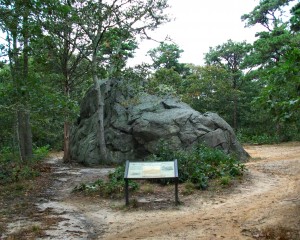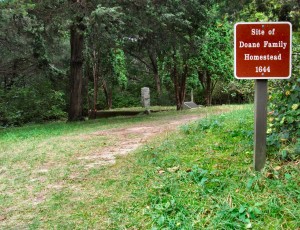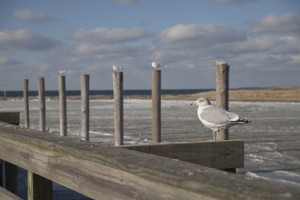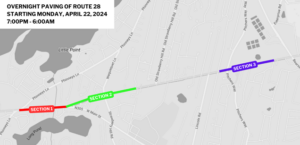Greetings lovers of Cape Cod history.
Welcome to my first installment of a series of articles showcasing my home, Cape Cod. Each week I will be sharing some of the history and beauty of Cape Cod with you as we travel in my footsteps.
First I’d like to share a little about myself and my own history on Cape Cod. I am a twelfth generation Cape Codder. My bloodline here on Cape Cod can be traced back to the second Mayflower voyage.
My lineage is that of the Doane family which helped to settle the town of Eastham. In fact, Deacon John Doane, for whom there is a marker at the Doane Homestead in Eastham, is my 9th-Great Grandfather.
Deacon Doane’s name is even mentioned by Henry David Thoreau in his 1865 book Cape Cod.
That information alone does not make me an expert on Cape Cod. However, my love of travel, photography, writing—and having a good amount of space time—has made it possible for me to explore all over this peninsula. I have written a travel guide which features many of the places I am going to write about in this column in the upcoming weeks and months. All of that might not make me an expert on Cape Cod, but it is a good place to start.
With that being said, I decided to start my first post about the Cape by sharing the two spots which bear my family’s name: Doane Rock and the Doane Homestead, both on the grounds of the Cape Cod National Seashore in Eastham.
 Located about a mile off of Route 6 in Eastham, Doane Rock is just as the name states, a rock, or more correctly a glacial boulder. It is the largest exposed boulder on the Cape and can be climbed. But, of course, use caution.
Located about a mile off of Route 6 in Eastham, Doane Rock is just as the name states, a rock, or more correctly a glacial boulder. It is the largest exposed boulder on the Cape and can be climbed. But, of course, use caution.
A few hundred feet from the boulder is the Doane Homestead site. In 1644, the home of Deacon John Doane stood on these grounds. He was one of the few Europeans to live among the Native American Wampanoag tribe in the area then known as Nauset, what is now present day Eastham.
He was designated as one of the men to purchase land from the Native Americans in order to set up a township separate from Plymouth Colony. John Doane was deacon of the Plymouth Colony church but asked to leave in 1633/34. He remained very active in early Colonial government, which is why his name is attached to places such as these.
Though there are no remains of the house itself, there is a stone marker and a rough outline of the foundation of the house on the grounds. It is a reminder of the origins of the European settlement on Cape Cod, and for me, a reminder of where I come from. However, you do not have to be a part of the Doane lineage to enjoy and appreciate the history and importance of this setting.
Have fun and happy traveling!
 If You Go: Doane Rock and the Doane Homestead are located in Eastham a mile down Nauset Road on the right hand side in the heart of the Cape Cod National Seashore.
If You Go: Doane Rock and the Doane Homestead are located in Eastham a mile down Nauset Road on the right hand side in the heart of the Cape Cod National Seashore.
Chris Setterlund, who lives in Yarmouth, is a lifelong Cape Codder and the author of In My Footsteps, a guide to historical sites on Cape Cod.
























